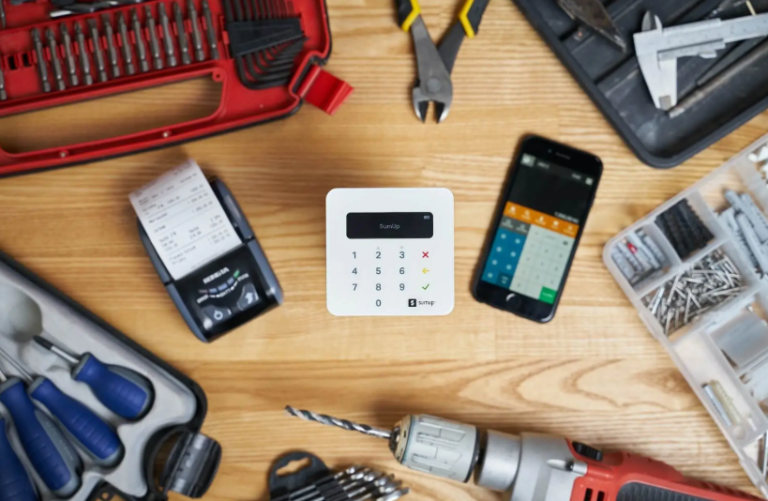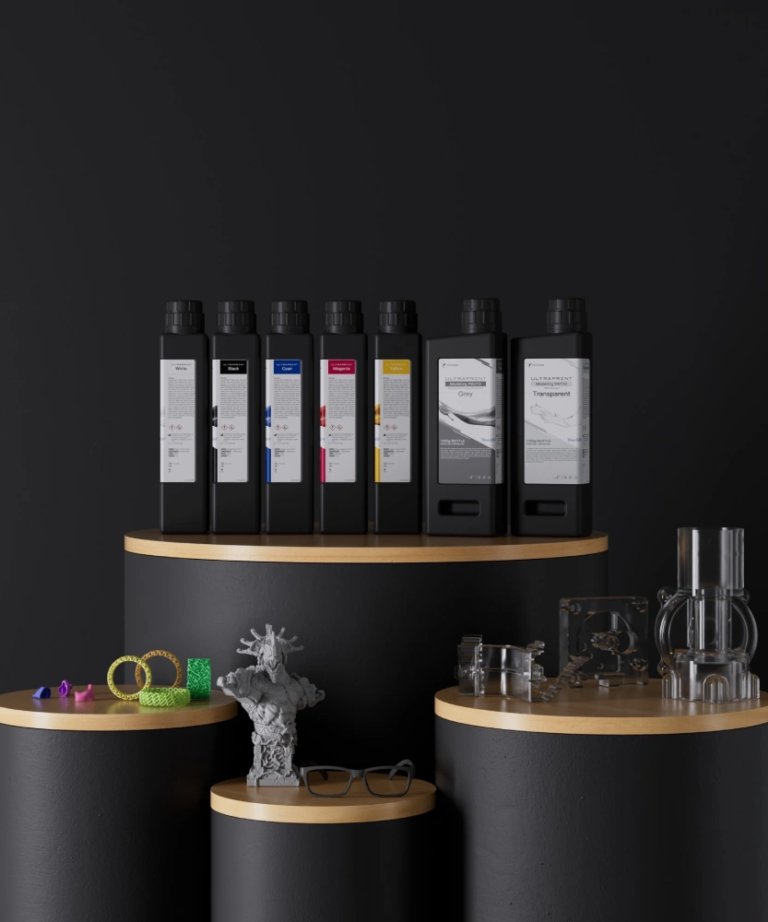The Ultimate Guide to Solar Water Fountain Pumps: Benefits, Types, and Top Picks for 2025
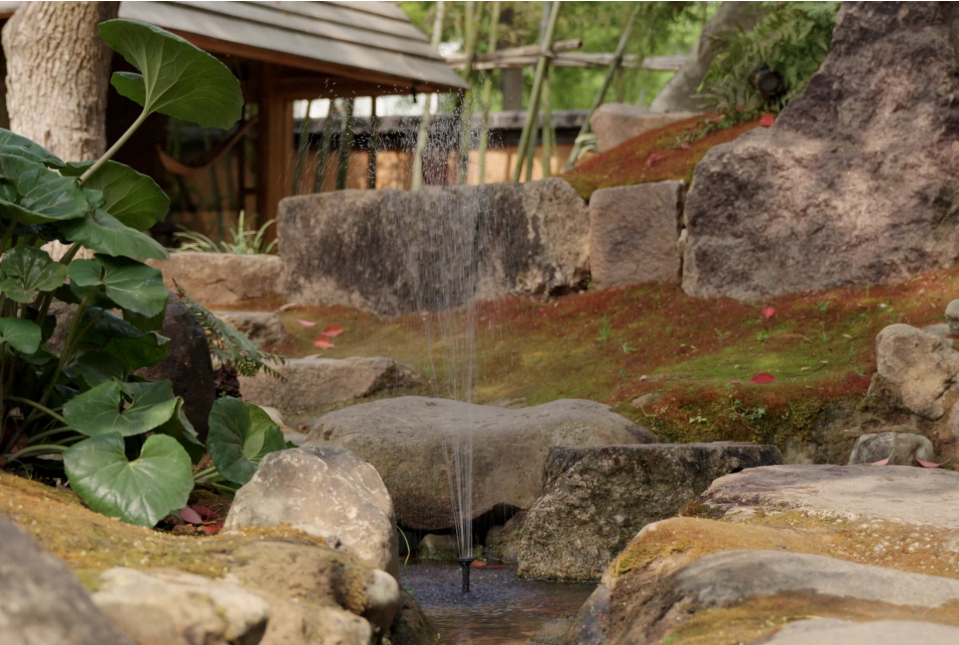
Water fountains are a delightful addition to any garden or outdoor space, offering a sense of tranquility and beauty. Traditional fountain pumps often require an external power source, which can be cumbersome and costly. Solar water fountain pumps, however, are a fantastic alternative that combines functionality with sustainability. This article will explore everything you need to know about solar water fountain pumps, including their benefits, types, how they work, and the best options available in 2025.
1. What is a Solar Water Fountain Pump?
A solar water fountain pump is a type of pump that operates using solar energy to circulate water in a fountain or other water feature. These pumps are powered by solar panels, which absorb sunlight and convert it into electricity. This eco-friendly solution eliminates the need for external power sources like electrical outlets or batteries, making them an ideal choice for outdoor spaces.
2. How Does a Solar Water Fountain Pump Work?
A solar water fountain pump typically includes two primary components: the solar panel and the pump itself.
- Solar Panel: The solar panel absorbs sunlight during the day and converts it into electrical energy, which powers the pump.
- Pump: The pump then uses the energy to circulate water, creating the characteristic flow of a fountain.
Most solar pumps have a built-in sensor that detects sunlight levels. When there is enough sunlight, the pump activates automatically to begin water circulation. In low light or overcast conditions, the pump will stop working until sufficient sunlight is available again.
3. Benefits of Using a Solar Water Fountain Pump
3.1 Eco-Friendly
One of the biggest advantages of a solar water fountain pump is its eco-friendly nature. Solar power is a renewable energy source, meaning it doesn’t rely on fossil fuels or contribute to environmental pollution. By using solar energy, you reduce your carbon footprint while enjoying a beautiful water feature.
3.2 Cost-Effective
Solar-powered fountain pumps are cost-effective because they eliminate the need for an electricity supply. After the initial purchase, there are no ongoing energy costs, saving you money in the long run.
3.3 Easy Installation and Maintenance
Solar water fountain pumps are easy to install. Most systems are designed to be set up quickly, without the need for professional help. They also require minimal maintenance, as the pump and solar panel are durable and long-lasting.
4. Types of Solar Water Fountain Pumps
There are several types of solar water fountain pumps available, each catering to different needs and preferences.
4.1 Solar-Powered Submersible Pumps
Submersible pumps are designed to be placed underwater. These pumps are ideal for traditional garden fountains, as they are discreet and provide efficient water circulation. Submersible pumps are often the best choice for users looking for a consistent flow of water.
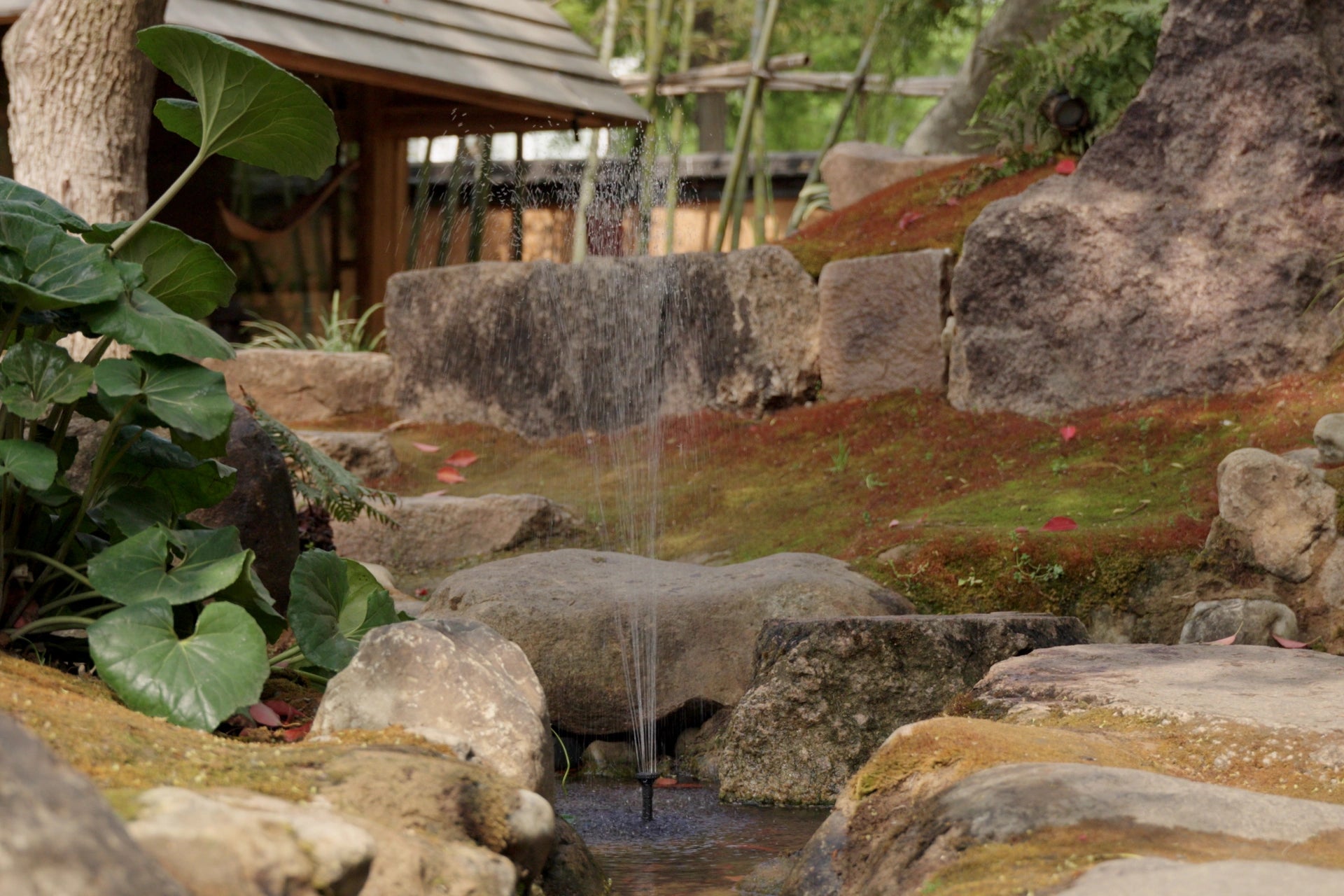
Image: Solar-powered submersible pump providing reliable water circulation.
4.2 Floating Solar Pumps
Floating solar pumps are typically used for ponds or larger water features. These pumps float on the surface of the water and are powered by a solar panel mounted on the pump. They are perfect for users who want a simple, easy-to-install solution.
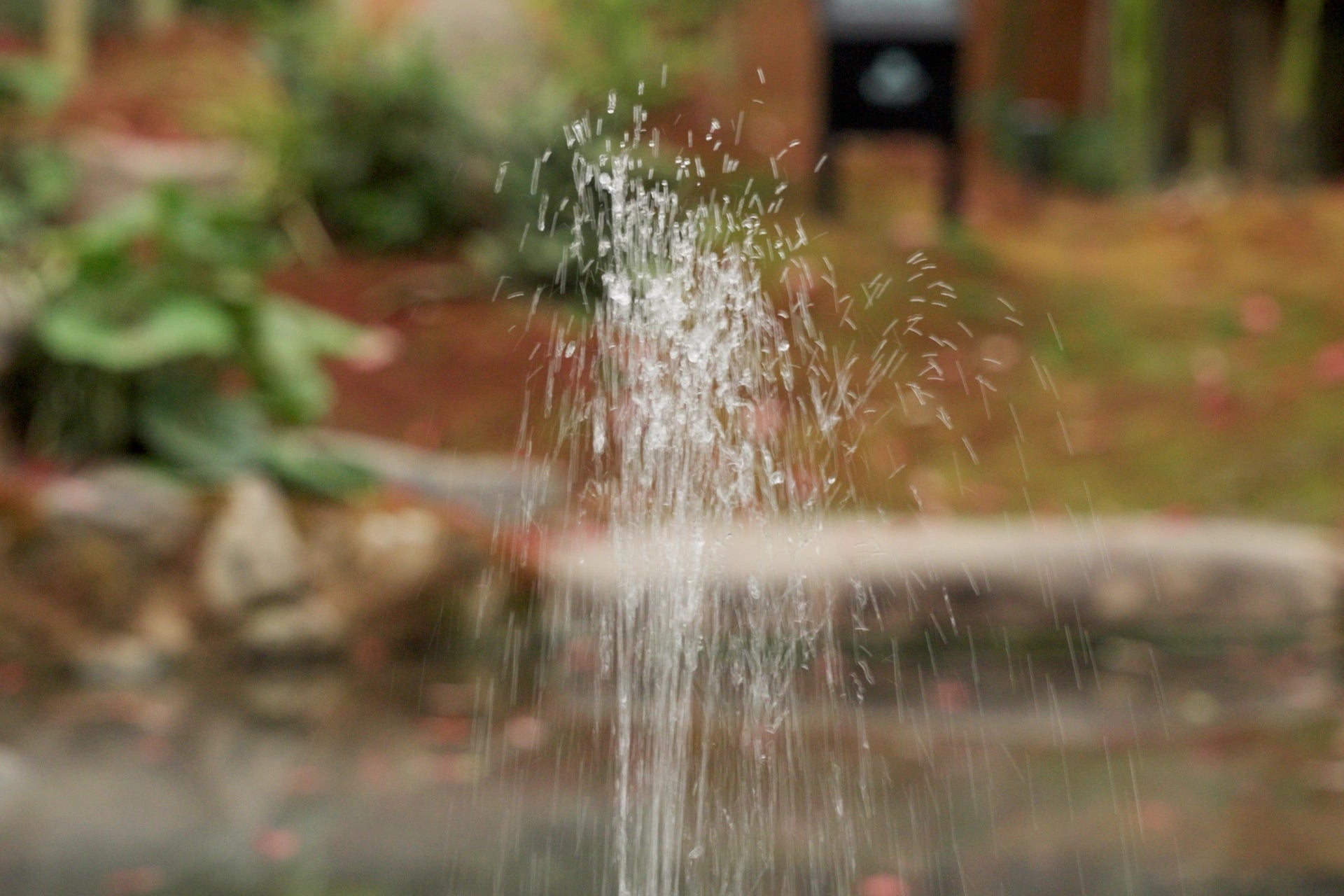
Image: Floating solar pump suitable for ponds or larger features.
4.3 Solar Water Pump Kits
Solar water pump kits include the pump, solar panel, and often additional components like hoses or nozzles. These kits are designed for easy installation and offer flexibility for creating customized water features.
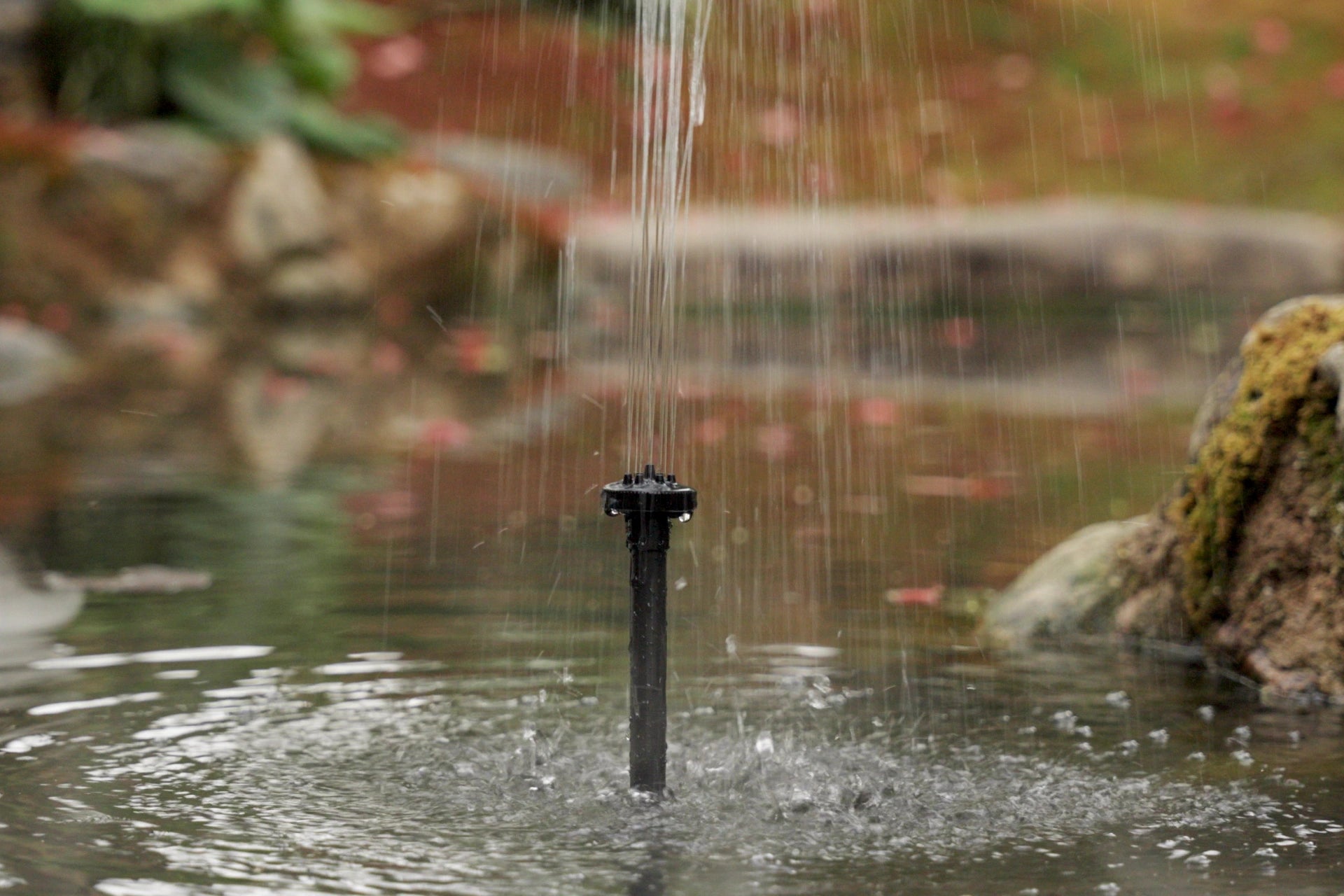
Image: Complete solar water pump kit for customizable features.
5. Factors to Consider When Choosing a Solar Water Fountain Pump
When selecting a solar water fountain pump, it’s important to consider the following factors to ensure it meets your needs.
5.1 Power Capacity
The power capacity of the solar pump determines how efficiently it will operate. Higher-capacity pumps are suitable for larger fountains, while smaller pumps are ideal for compact features.
5.2 Pump Flow Rate
The flow rate refers to how much water the pump can circulate per minute. A higher flow rate is important for larger fountains or water features, as it ensures that the water moves at a steady pace.
5.3 Battery Backup
Some solar water fountain pumps come with battery backups, allowing the pump to continue running even when there is not enough sunlight. This feature is especially useful during cloudy days or at night.
5.4 Durability and Material
Since the pump will be exposed to outdoor conditions, it is important to choose a model made of durable, weather-resistant materials. Look for pumps made of high-quality materials such as stainless steel or corrosion-resistant plastic.
6. Top Solar Water Fountain Pumps for 2025
Here are three of the best solar water fountain pumps on the market in 2025:
6.1 Solariver 200 GPH Solar Water Pump
The Solariver 200 GPH pump is one of the top-rated options for small to medium-sized water features. It includes a 20-watt solar panel and offers a flow rate of 200 gallons per hour. The pump is submersible and is known for its durability and efficiency.
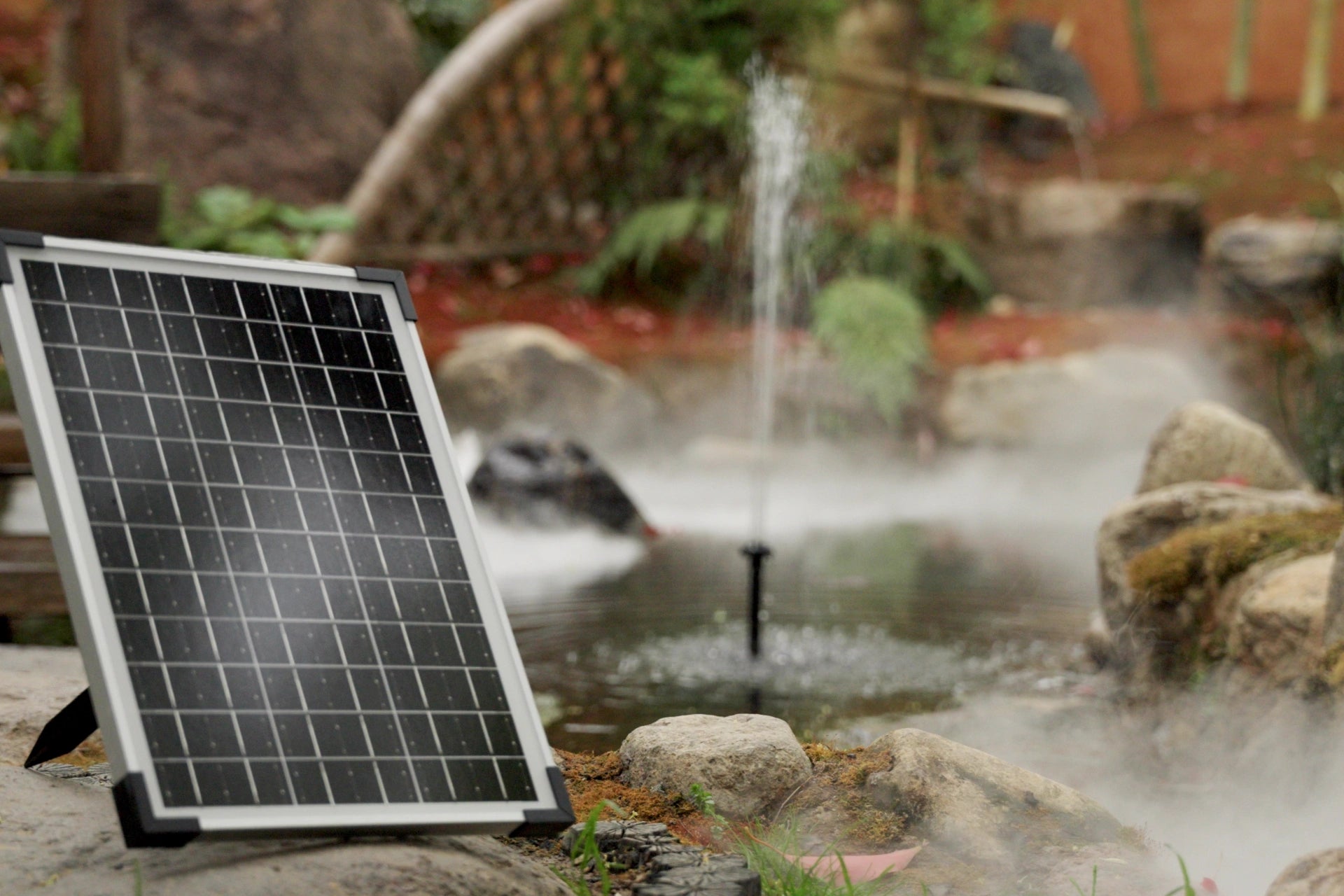
Image: Solariver 200 GPH Solar Water Pump is ideal for medium-sized features.
6.2 Sunnydaze Solar Water Pump Kit
The Sunnydaze Solar Water Pump Kit is perfect for users looking for a complete solution. This kit includes everything you need to set up a solar-powered fountain, including a 10-watt solar panel and a high-performance pump. It is ideal for small fountains and features a flow rate of up to 150 gallons per hour.
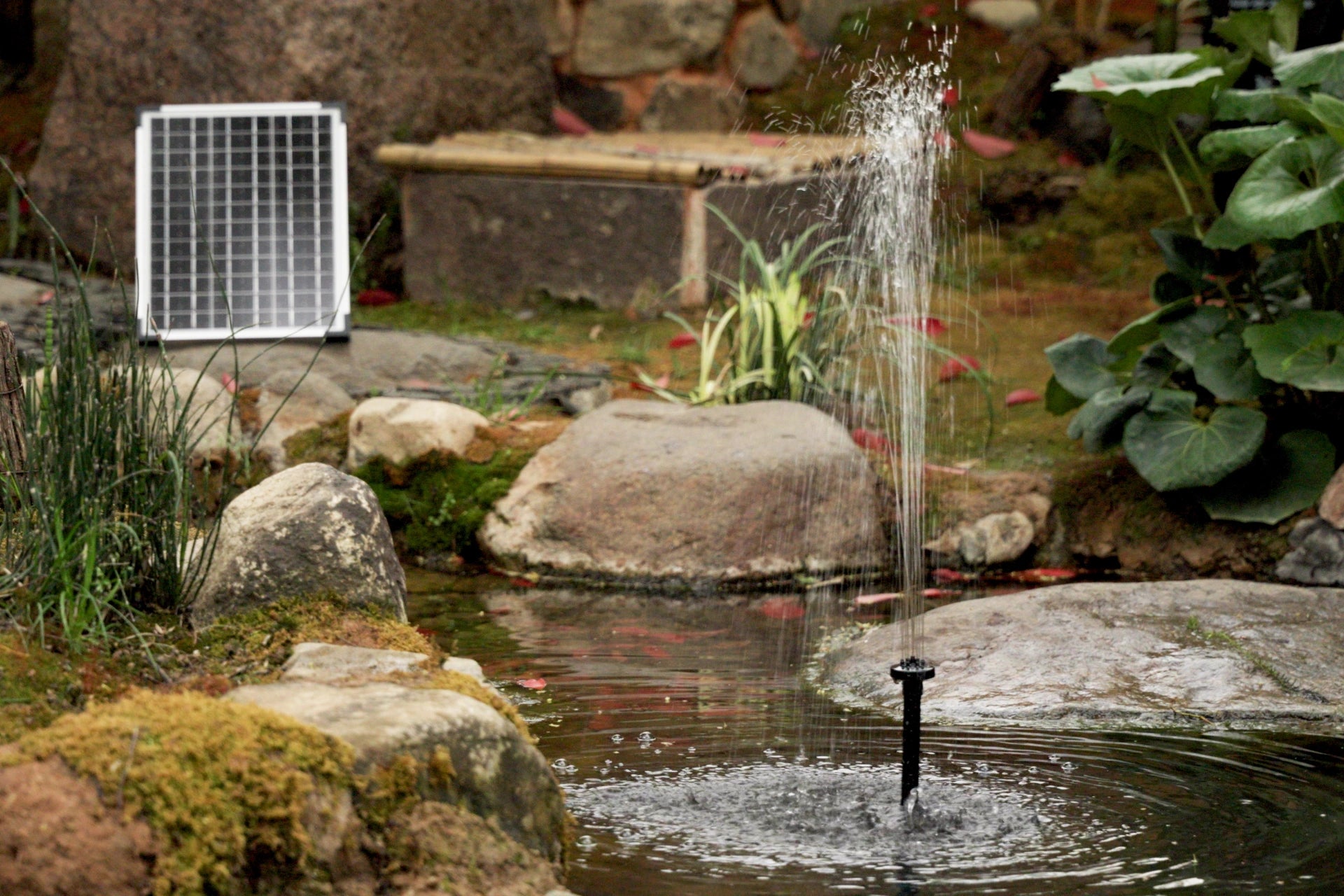
Image: The complete Sunnydaze Solar Water Pump Kit with components for easy setup.
6.3 Solatec Solar Fountain Pump
The Solatec Solar Fountain Pump is a popular choice for small garden fountains. It is easy to install, highly efficient, and comes with a built-in battery that allows it to run in low-light conditions. The pump features a 1.4-watt solar panel and offers a flow rate of up to 200 liters per hour.
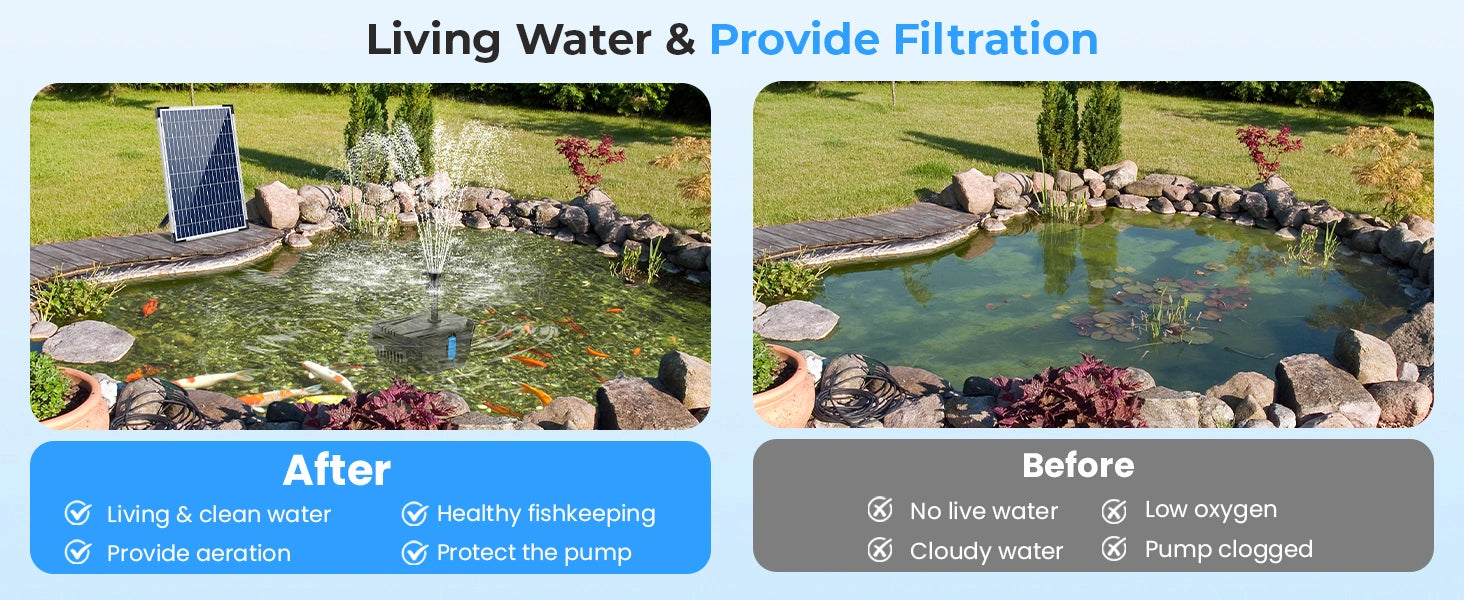
Image: Solatec Solar Fountain Pump suitable for small fountains with built-in battery.
7. How to Install a Solar Water Fountain Pump
Installing a solar water fountain pump is straightforward. Follow these steps:
- Choose a Location: Select a sunny spot for the solar panel. The panel should be placed in an area where it will receive direct sunlight for most of the day.
- Assemble the Pump: Connect the pump and solar panel as per the instructions provided. Ensure the wiring is secure and properly connected.
- Place the Pump in Water: Submerge the pump in the fountain or pond. For floating pumps, simply place the unit on the water’s surface.
- Position the Solar Panel: Adjust the solar panel angle to maximize sunlight exposure. Secure the panel to prevent it from moving.
If you’re a visual learner, you can also refer to this helpful YouTube video on how to set up and install a solar water fountain pump:
Watch the tutorial video on YouTube:
8. Common Issues and Troubleshooting Tips
Some common issues you might encounter with solar water fountain pumps include:
- Pump Not Working: Ensure the solar panel is receiving adequate sunlight and is clean.
- Low Water Flow: Check for blockages in the pump or hose and clean any debris.
- Inconsistent Performance: If the pump stops working during cloudy weather, check if the battery backup is functioning.
9. Solar Water Fountain Pump Maintenance Tips
To ensure your pump continues to operate efficiently, follow these maintenance tips:
- Clean the Pump Regularly: Remove any dirt or debris from the pump and solar panel.
- Check for Leaks: Inspect hoses and connections for leaks.
- Store the Pump in Winter: If you live in an area with freezing temperatures, store your pump indoors during the winter to prevent damage.
10. Frequently Asked Questions (FAQs)
1. How long do solar water fountain pumps last?
Most solar water fountain pumps last between 3 to 5 years, depending on usage and maintenance.
2. Can solar water pumps work at night?
Solar water pumps typically stop working at night unless they are equipped with a battery backup.
3. Are solar water fountain pumps easy to install?
Yes, most solar water fountain pumps are easy to install, requiring no professional assistance.
4. How much maintenance do solar water fountain pumps need?
Solar pumps require minimal maintenance, mostly involving occasional cleaning of the pump and solar panel.
5. Can solar water fountain pumps work in cloudy weather?
Some pumps come with battery backups that allow them to operate in cloudy conditions, but performance may decrease without sunlight.
6. Do solar water pumps save energy?
Yes, solar water pumps are energy-efficient because they use renewable solar energy instead of electricity.
11. Conclusion
A solar water fountain pump is an excellent investment for anyone looking to create an eco-friendly, low-maintenance water feature. With a variety of types, styles, and brands to choose from, it’s easy to find the perfect pump for your needs. Whether you’re looking to add a small decorative fountain to your garden or power a large outdoor pond, there’s a solar-powered solution that will fit your requirements. Enjoy the benefits of clean energy while adding beauty and tranquility to your outdoor space.





